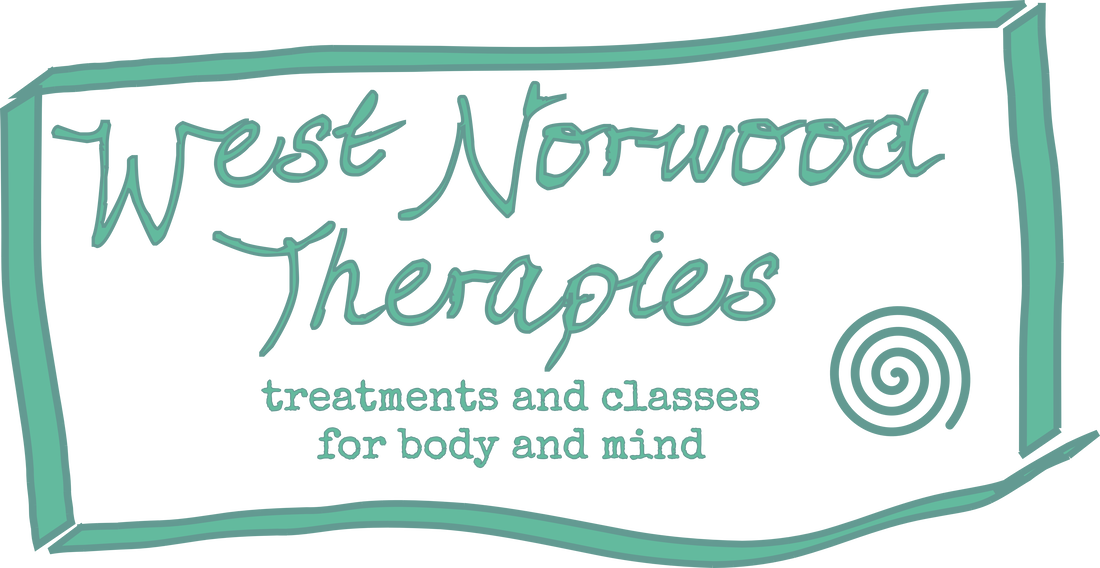|
Massage therapist Erika Zettervall explores what a good night's sleep can do for us and how this can be a challenge for many. In this interesting blog she share some helpful techniques for preparing and helping yourself get a quality night's sleep A great part of our lifetime is spend sleeping - almost 1/3 provided we get 7-8 hours of it per night. We all know how good sleep is essential for maintaining health and good mood. Sleep plays crucial role in maintaining the nervous system in general and the brain in particular. This week leading up to the vernal equinox marks “World sleep day” highlighting the importance of good sleep. Plenty advice will be published and many top tips for our sweet dreams. Unfortunately, it’s not just what we know or how to do something that makes the difference but what we do with it. Implementing good routines and breaking habits might require a bit of effort but well worth it if the result is sweet sleep. Recently I was chatting with one of my neighbours when mentioning I sleep really well, she made the comment “ability to sleep is like a super power”. That’s crazy, that it would be so unattainable, but my guess it’s like that for many and not being able to switch to sleep is torturous. Yet all that is required is to lay down close your eyes, relax and drift off into sweet slumber. Falling asleep is remembering a sweet safe place and let go. I have not always had this ease with sleep and have experienced periods of insomnia and disturbing dreaming. Sleep is an elixir for our health and must be important otherwise we might have evolved out of it as it is a quite a vulnerable state. That could explain the division between night owls and early birds. Somebody need to be awake to keep watch. In English we say fall asleep, implying a letting go. We also use the term dropping off, when going to sleep, indicating a motion of fall and that is often how it feels in the mind. Relinquishing control, we trust we will wake up again (on time), that we can safely drop into the unknown, where the subconscious can and will make itself heard and seen in the form of dreams. I find dreaming fascinating, it can help you understand yourself. Dreams can also be very intense, loud, vivid, frightening and disruptive. To ease and begin to understand deeper parts of myself I was encouraged to practice directing the dreams. When becoming aware of dreaming without actually waking up, called lucid dreaming, see if the scene could be changed. I was also encouraged to go back to dreams when waking up. Just dropping back into the dream and create a different outcome, softening and calming the mind and reducing nightmares. Create bedtime routines of preparing for sleep a bit like a plane coming into landing. Slow down and take care of the physical space and body. Set an alarm or reminder an hour or so before bed time to prompt preparing for bed and what needs to be in place for the following day, so that you can actually go to bed when you had intended to be in bed. Allow for some time to settle into bed before lights out. Regulate the intake of stimulants such as food (big meal near bedtime and type of food such spice and garlic), drinks (alcohol, coffee) and visual stimulus such as movie/television/or social media. Read in black and white or give the eyes a rest or listen to an audio book. Treat your bed and bedroom with respect and as the place for rest. Simple things such as making your bed every day and caring for sheets and bedding. Crisp clean sheet is a simple luxury and gesture to the importance of sleep. Invest in good quality and look after it, you spend a many hours in bed after all. Keeping a set bedtime but also keeping a wake up time, some say this is more important than regular bedtime to cultivate good regular sleep. Sleeping in, is not great for establishing healthy sleep or for making up lost hours of sleep. We humans like a rhythm and respond well to it. Soften sensory input from sound and light. Some sounds are hard to regulate when living in a crowded city where people’s life goes on in close proximity. Softening can be achieved in form of textiles, insulation and white noise, like a fan. When we think of light Black out curtains might be good, but if there is a small gap the light gets focused cutting though like laser beam through the room, so softening by a fabric or shutter that create shaded light. For the content baby or pet or human for that matter this does not matter they have the ability to just switch off and fall sleep. Not disturbed by noise or light. To switch off we need to relax and that takes practice. Perhaps it shouldn’t be that way. Tiredness and lack of sleep is very common and instead of rest we often end up with a false relaxation, getting stuck watching television or searching the internet, still feeding sensory input through our eyes and stimulating the brain. If the mind is playing tricks and it’s hard to relax try to soothe it. Breathing equally 6s in 6s out coming into an optimal rhythm for heart and brain. To this add colour going though the alphabet backwards. Colour almost rainbow but going red, orange, yellow, green, sky blue, dark blue, violet, purple, black night sky with stars and then clear light. Big letters tuning small. Big red A turning small, big orange B turning small and so on. For best quality of sleep you need to breath through your nose. Snoring is not just disrupting to your bedroom companion is also disruptive to the snorer. The struggle to get oxygen into the system will wake you repeatedly. There is a simple solution to this. Just put a latch on your mouth encouraging the nasal solution when looking for air. The latch - small piece of tape. I thought it absolutely mad when I first heard of it, but a month later I am kind of hooked. I do waking up a lot clearer in mind than I used to, no brain fog and no trips to the loo in the night. Happy sleeping zzzzzzzzzzzzzzz
0 Comments
Sports massage therapist Tessa Glover celebrates National Bed Month by sharing her enjoyment at the amount of time in bed lockdown has given and gives suggestions of how to work more safely from your bed and tips for how to look after your body to enable more bed-time! When I was offered the chance to write a blog about National Bed Month I jumped at it. You mean there's actually a recognised and dedicated month to staying in bed? Ok so I've probably spent way more than a month in my bed during lockdown but now I don't even have to feel guilty about it. Fantastic! But...on further study I find, no, it's not a celebration of staying in bed, it's about the importance of sleep. Yawn... As my colleague Erika is already writing a blog about just that, I thought, hey! You know what? I actually want to celebrate bed and all things beddie. A bed's not just for sleeping, it's for so much more * see footnote. Work - Since March of last year bed has become one of the favourite places to work. So as we are spending more and more time in our single, double, King, Queen or super King work spaces, we must ensure to look after our bodies and our environment. If you are determined to work from your bed, although it's not ideal, it's the reality for many people therefore here are some tips to make your desk nest safe and comfortable. Posture and pillow arrangement - Try to sit in the most upright position possible, with a firm pillow in the small of your back and one or two more for your mid and upper back. You may find a plump pillow under the knees also helpful.
A pillow or tray of some description may assist laptop position (and mouse, phone etc). Try to make sure your shoulders are relaxed and down while hammering at the keys. Drinks of any kind should remain on the bedside table in case of spillage over laptop and phone. Alternative working positions. 1. Sit cross legged on the bed, back straight, computer on pillow on lap. 2. Sit cross legged on floor (with or without pillow), computer on end of bed (only if bed is at a reasonable height for this) 3. Childs pose (see below) on bed with laptop at end of outstretched arms. This position should only be held for short periods of time and definitely not for Zoom meetings. Clothing.
Wear something loose and comfortable. Cotton or silk are preferable as man-made fibres may produce sweating and overheating after 15 mins or so of being in the same position. Note: if you start to feel uncomfortable and are sweating profusely this may be due to the heat of your hot water bottle (or hottie bottie as my Mum calls them) so kick it out of the end of the bed before you pass out. NB. In the event of a temperature of over 38 degrees centigrade or above after 10 minutes of removing HWB please seek medical help. If you have poor circulation and typing makes your fingers cold and numb, try wearing fingerless gloves. If this doesn't work try rubbing your hands together vigorously or warm them in a sink of warm water. If this is happening frequently and you are concerned, check out this NHS page about Reynauld's . Take regular breaks after 45 mins to get more water, go to the loo and don't forget to... Stretch - get out of bed (I know. It can be a struggle) to give your neck and shoulders some movement. Bend head from side to side, flex it forward and extend it back then rotate from left to right (repeat 5 times). Hunch shoulders up to your ears and drop. repeat 3 times. Get back on the bed... phew... Hip flexors will get short and tight sitting for extended periods of time especially the Rectus Femoris which is the quadriceps muscle that crosses your hip joint. Lie on your side (having removed aforementioned tray/laptop) bend both knees, then reach behind you and grab the ankle/calf nearest the ceiling and stretch your foot behind you towards your bottom, keeping your hips level. Hold stretch for 15-20 seconds and repeat on other side. The psoas muscle is also a major hip flexor. For this, lie on your back very close to the edge of your bed, bend the knee furthest away from the edge and rest your foot on the bed, let the other leg nearest the edge,dangle off the side of the bed until you feel a stretch through the front and inside of your hip. Turn yourself around on the bed and repeat for other hip. Hamstrings - lie on your back, reach for a towel, scarf or resistance band, place it under your foot, and do a straight leg raise (keeping your shoulders relaxed) feel the stretch at the back of your leg and flex your foot towards you). Hold for 15-20 seconds. Repeat for the other leg. For your back. Child's pose. Kneel down on the bed, sit your bottom down on the back of your calves and slowly reach your outstretched arms forward and slide them away from you on the bed, trying to keep your bottom on your calves. breathe deeply and relax into the stretch. Cat and Cow. kneel on the bed, placing knees hip width apart and hands on the bed directly under shoulders, back flat, tilt your head up to look towards the ceiling while dipping arching your back, hold the stretch then lower your head while pushing your back upwards towards the ceiling, hold the stretch. Repeat. Presentation and Self care - Painting nails, doing hair and make-up for zoom calls, plucking nasal hair, spraying on a bit of deodorant (if you have had complaints), laying out the day's outfits (change of pyjamas, socks, or if venturing out, other appropriate clothing) WARNING: you will have to get out of bed again for this. After all that work and effort, you must be exhausted so relax and try some of the following... Leisure Pursuits
Fact: In 1988 a groundbreaking study found that by switching an uncomfortable old bed to a lovely new one meant an extra 42 minutes of sleep! So if you've still got a job and can afford a new mattress go for it. If you haven't, try giving it a hoover and flipping it over (knees bent, core engaged to protect your back). BINGO! Like new. I think I need a lie down after all that typing... zzzz * for censorship and health and safety reasons I am omitting an extremely popular cardio activity often carried out in bed. If you have any questions about stretches, cramps or any aches and pains, Tessa can be reached via [email protected] or on 07966 473738. Tessa Glover ISRM/BTEC (Level 5) Professional Diploma Clinical Sport and Remedial Massage Therapy www.tessaglovermasssage.com 07966 473738 Massage therapist Erika Zettervall thoughtfully considers the importance of engaging with the physical darkness that surrounds us at this time of year as the days get shorter and encourages us to balance how we value light with dark. Darkness. It’s that time of the year again. The daylight hours are reduced day by day until we reach the winter solstice at that point the day hardly begins before it starts to get dark again.
Seasonal darkness during our winter is inevitable. Our planet will travel continuously, journeying through the universe orbiting the sun with its axis tilting the way it does, whether we like it or not. In a world of uncertainty that is pretty certain. These short winter days can of course be avoided by relocating to the other side of the planet for the winter or permanently move closer to the equator where there the daylight hours do not alter in the same way over the year. The longing for winter sun and light is a strong incentive for travel this time of the year seeking out longer, brighter days. I have been able to do so past but not for while, and this year that option is more unattainable than usual. But I often work in the evenings and have the benefit of time to be outdoors during the day. With the wisdom of seasonal light/darkness being something that cannot be altered and, in accepting that, perhaps it’s possible to explore a different relationship to darkness. I recently heard somebody on the radio being interviewed talking about the scarcity of darkness. The increased popularity of illumination of not only buildings but also trees and gardens, the dark night sky is being endangered. He related to darkness as visual silence and something to treasure. True, we do relax better in darkness - putting an eye bag over your eyes in savasana deepens the relaxation. Our eyes are our most dominant sense and there is strong focus on visual stimuli in our society. But in the dark we need to slow down and rely on other senses. Feeling, listening to find the way, elevating our presence of mind. Slowing down and easing into the darkness, eyes adjust and sight is expanded so shades appear. One of my favourite things this time of the year pre covid was walking through St. James’ Park early evening in the dark. Stepping into the peace, silence and darkness of the park contrasting with the busy West End streets sparkling with Christmas lights and bustling with shoppers. Letting the eyes adjust to the dark, enjoying the quiet calm and heading for Victoria station with my small dog in tow. Happy to see fellow commuters and a few tourists braving the dark. We need the darkness as a contrast to the lights. Like stars in the sky only visible in the dark and that is the most beautiful sight to have. Milky Way or, as we call it in my language, Vintergatan Winter Street like the way you travel this time of year since in the summer the sky’s lightness obscures the stars. In accepting the scarcity of light and immersing in the darkness, there is room to discover its own particular beauty. Begin by exploring the edges getting up before sunrise (not too early in November), light a candle and let the light come slowly. Go out before sunrise or at sunset experience the shifts. Let the eyes adjust. There is also the other darkness. The internal darkness. That also needs befriending and that will be topic for another blog. |
AuthorBlogs from the WNT team. For our blogs from before June 2020 please see individual profile pages - it's a good way to get to know practitioners too. Archives
June 2024
Categories
All
|
|
Visit us - by appointment only please - in the office block in the Access Self Storage premises at 443 Norwood Road, London, SE27 9DQ
[email protected] Phone - please contact practitioners directly, or if not in a rush you can leave a message for us to call you back at 07931876931. |
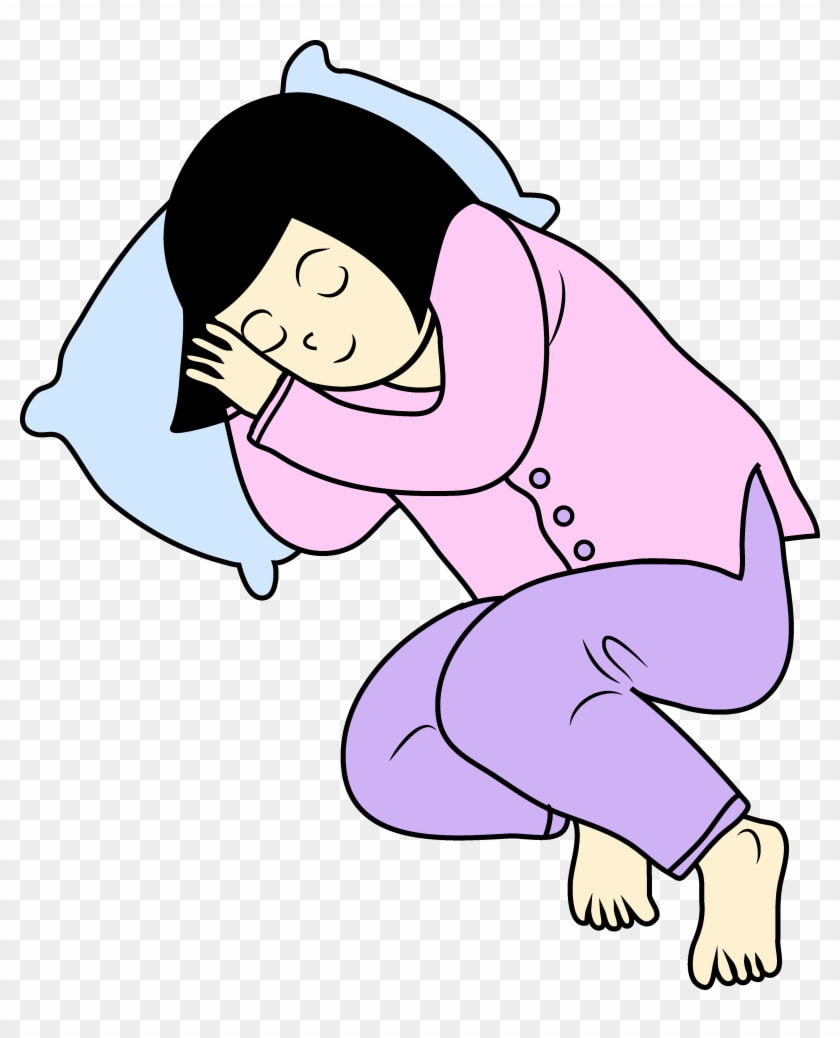
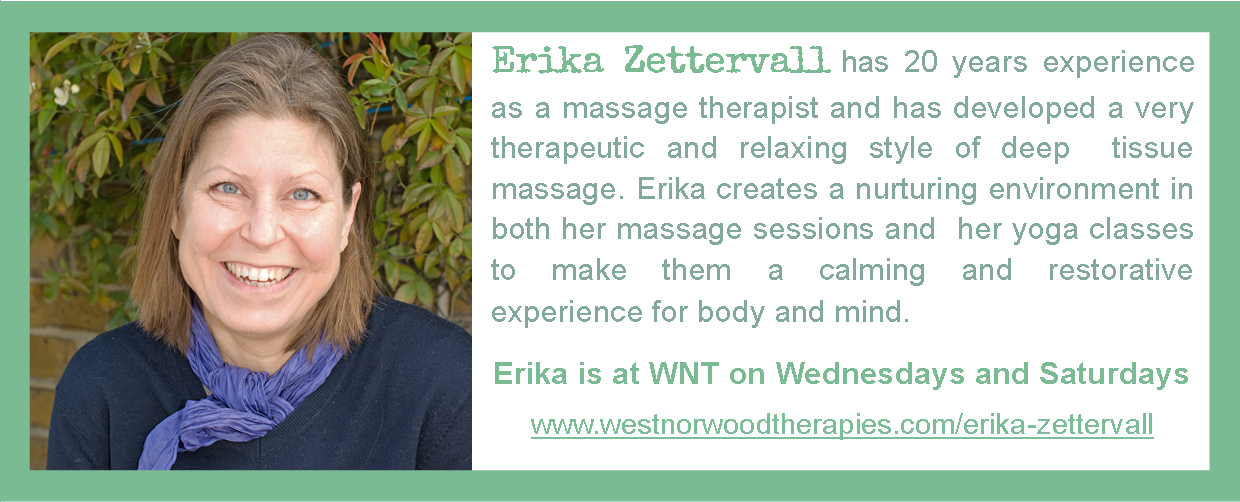

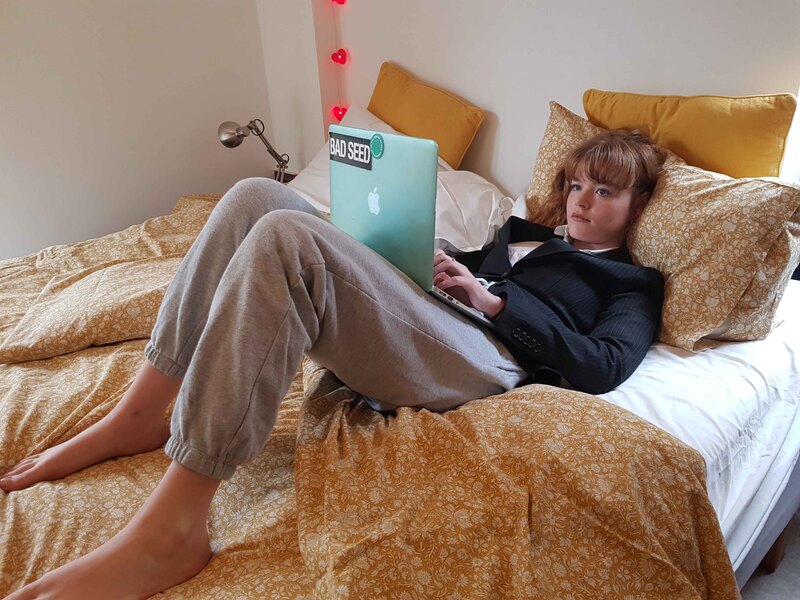
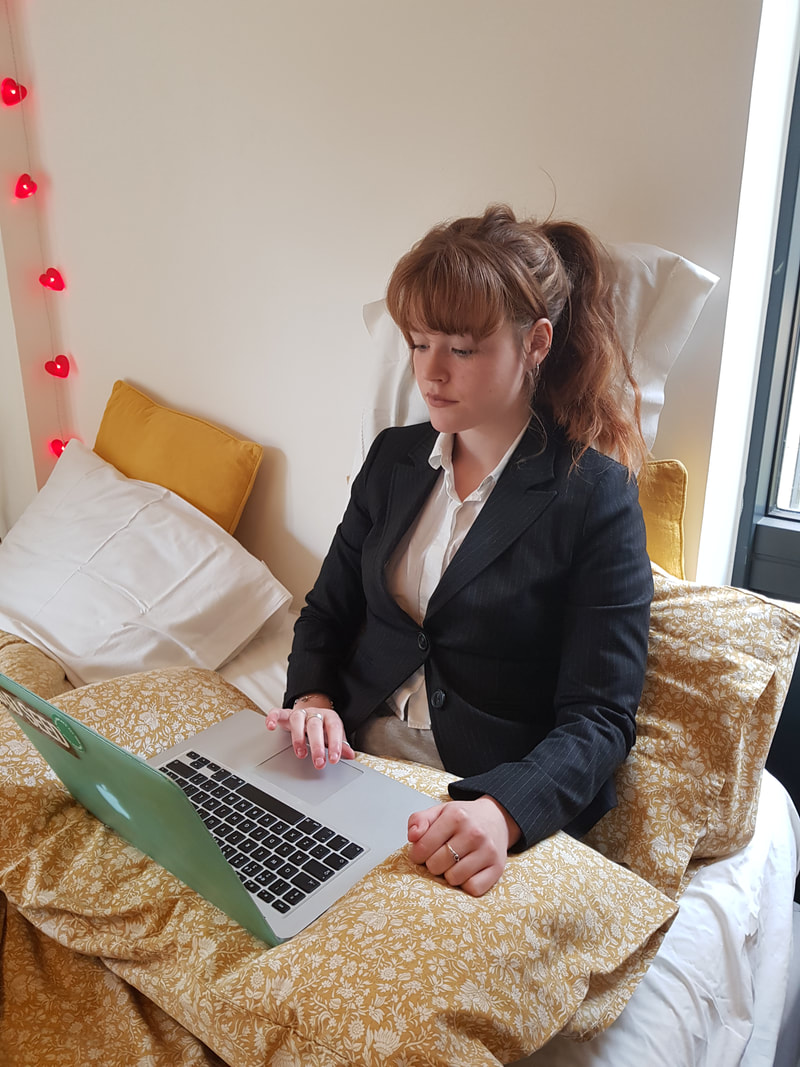
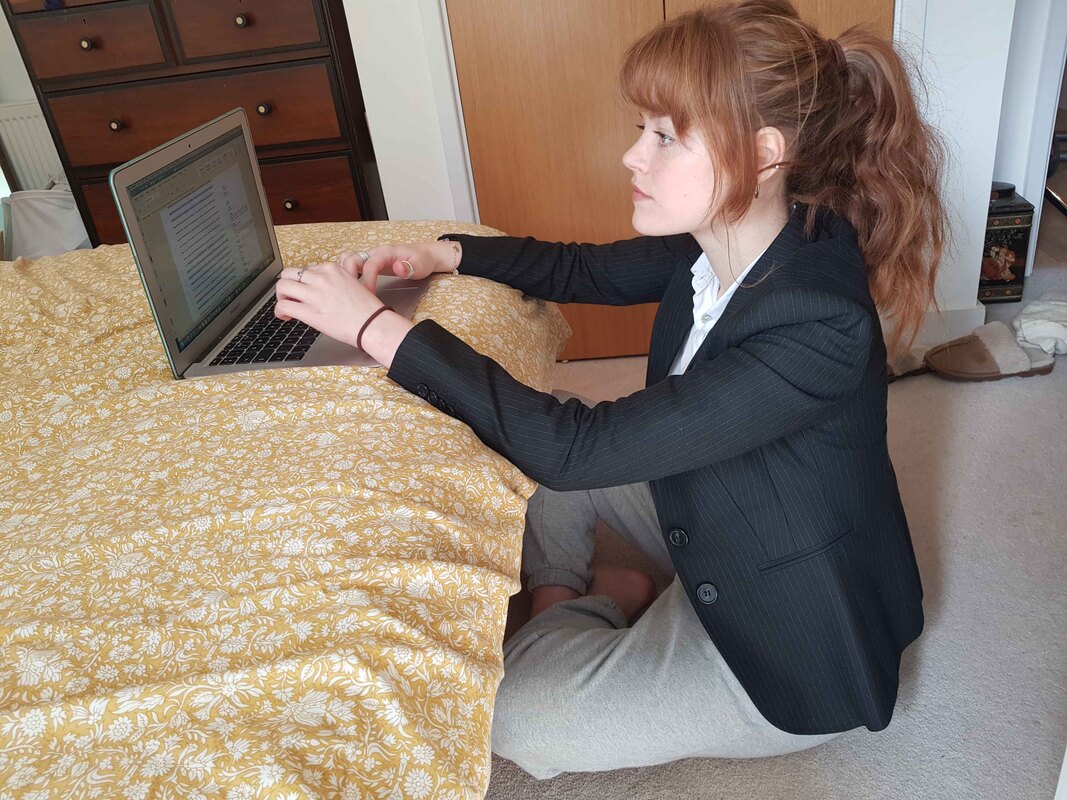
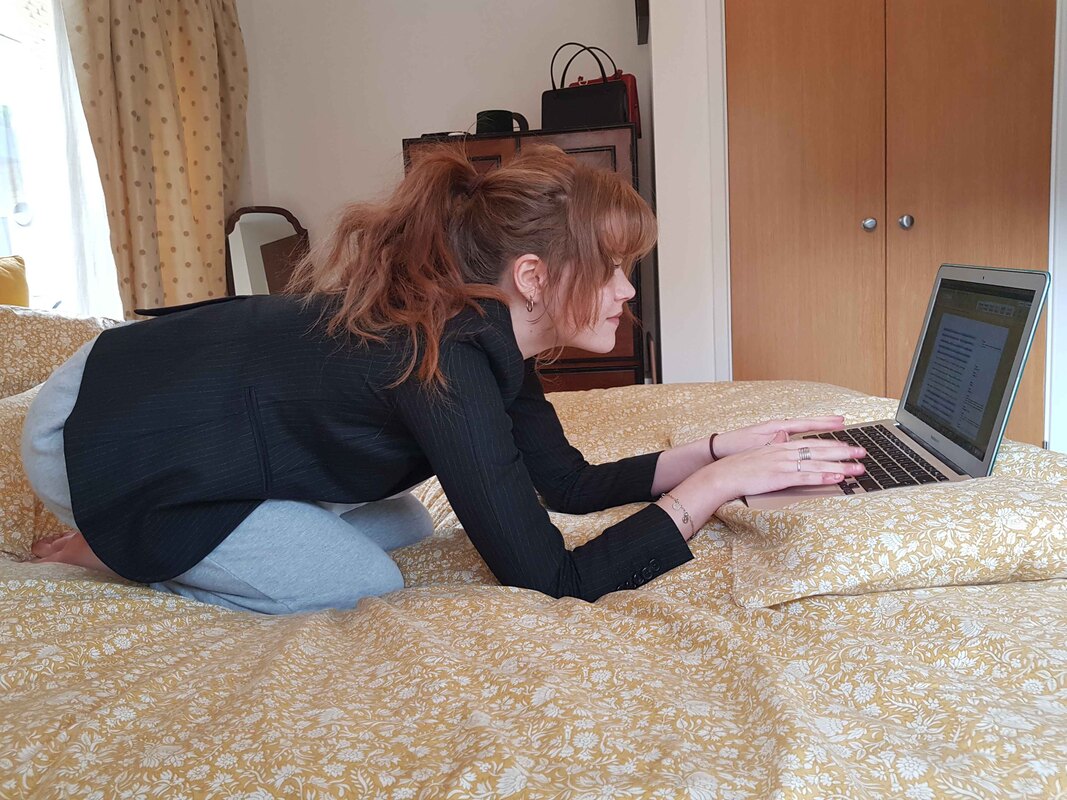

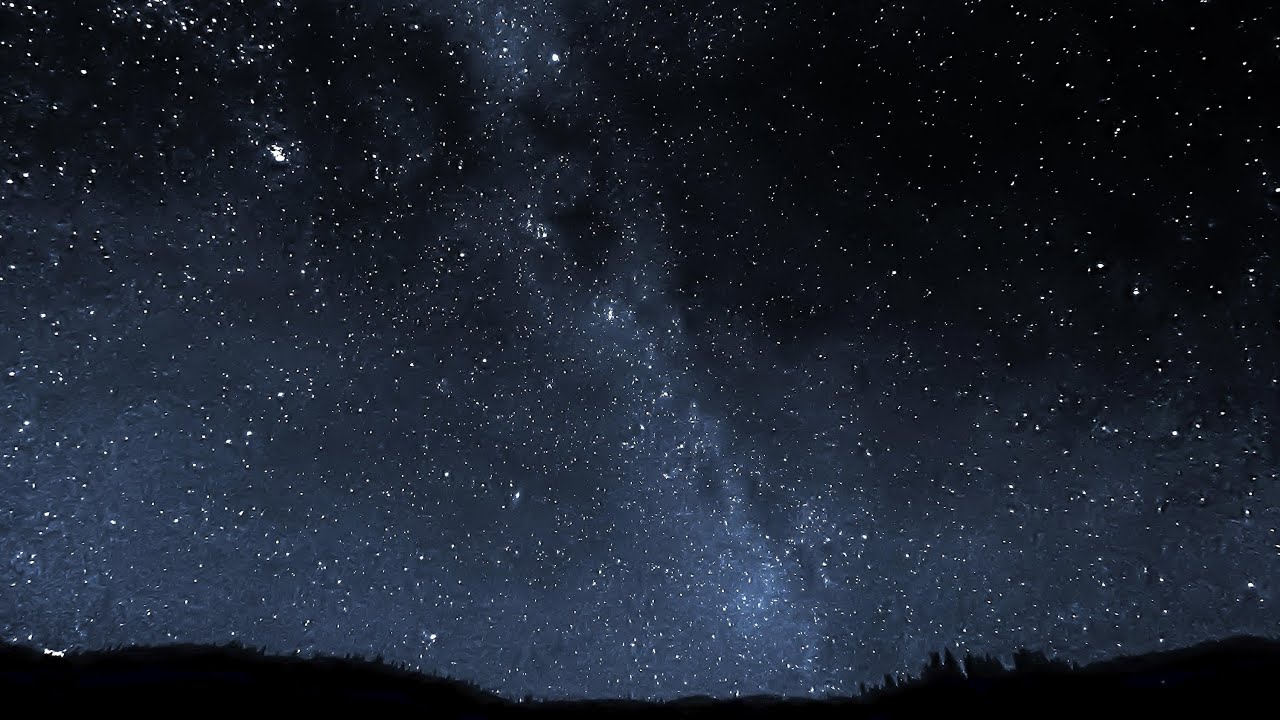
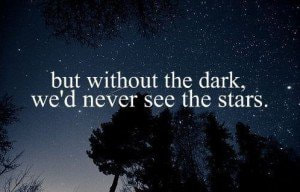
 RSS Feed
RSS Feed
